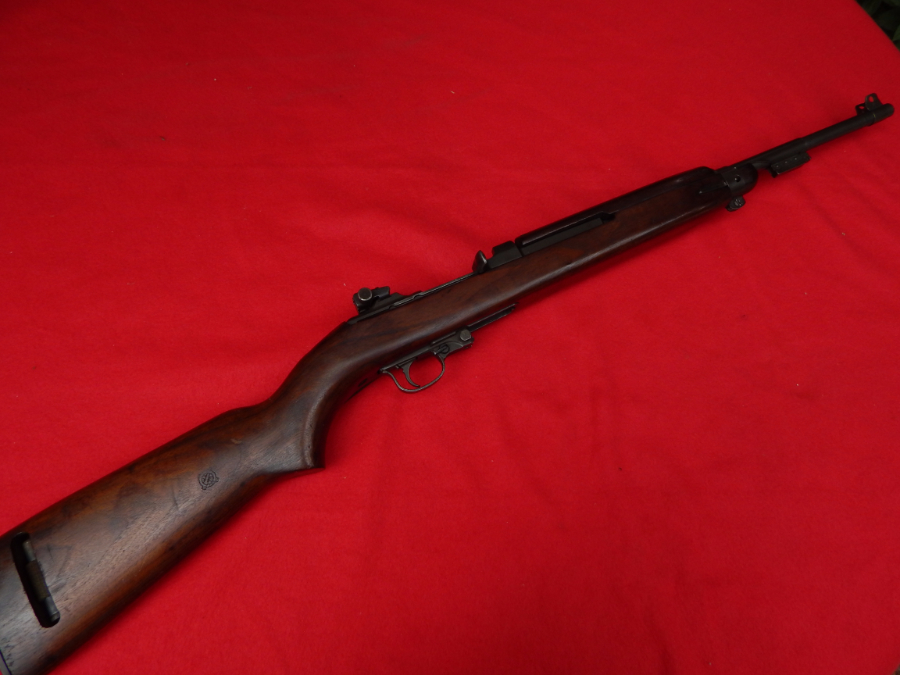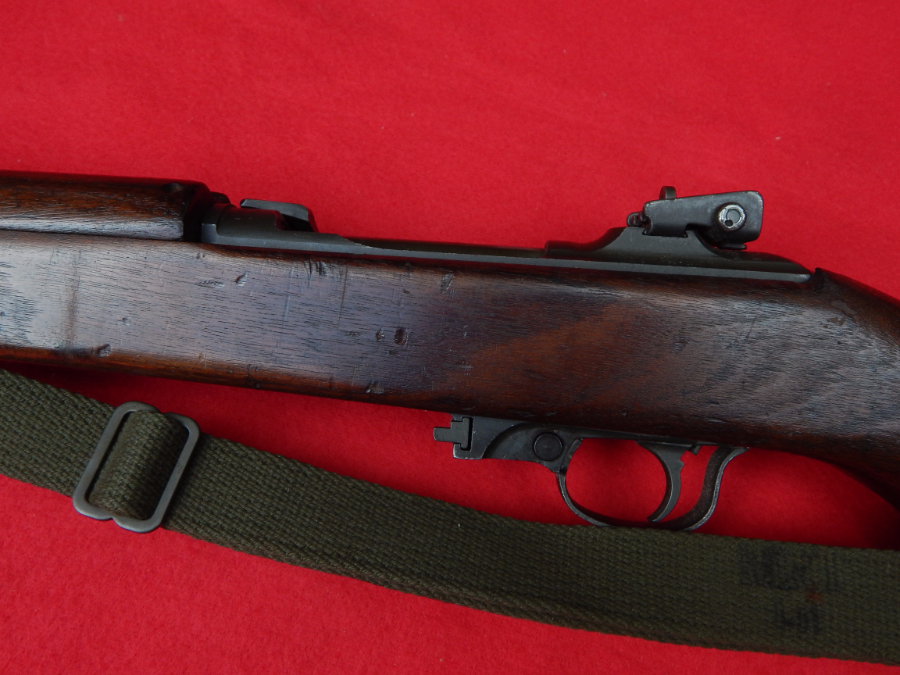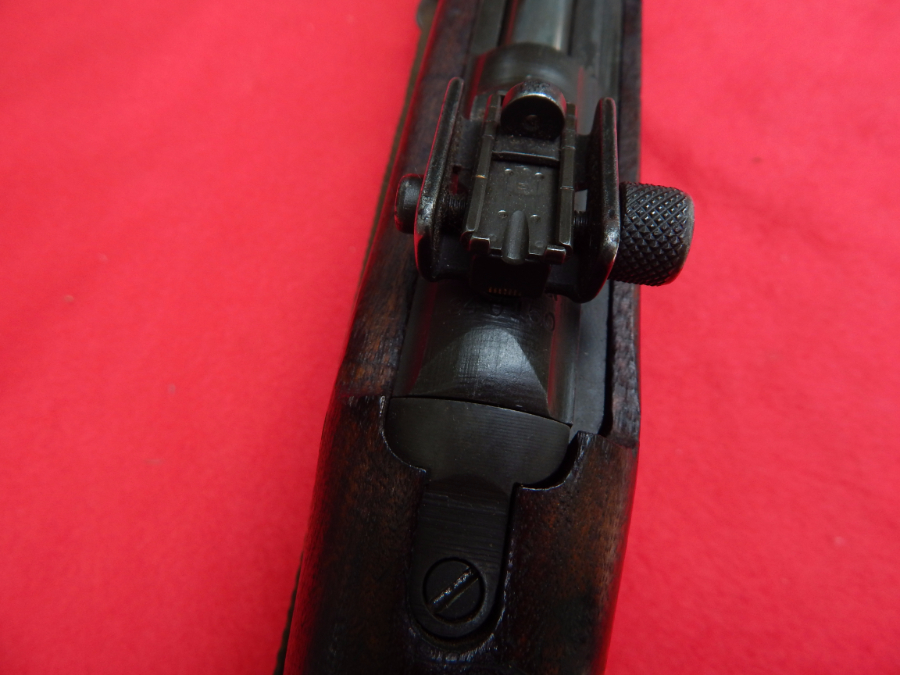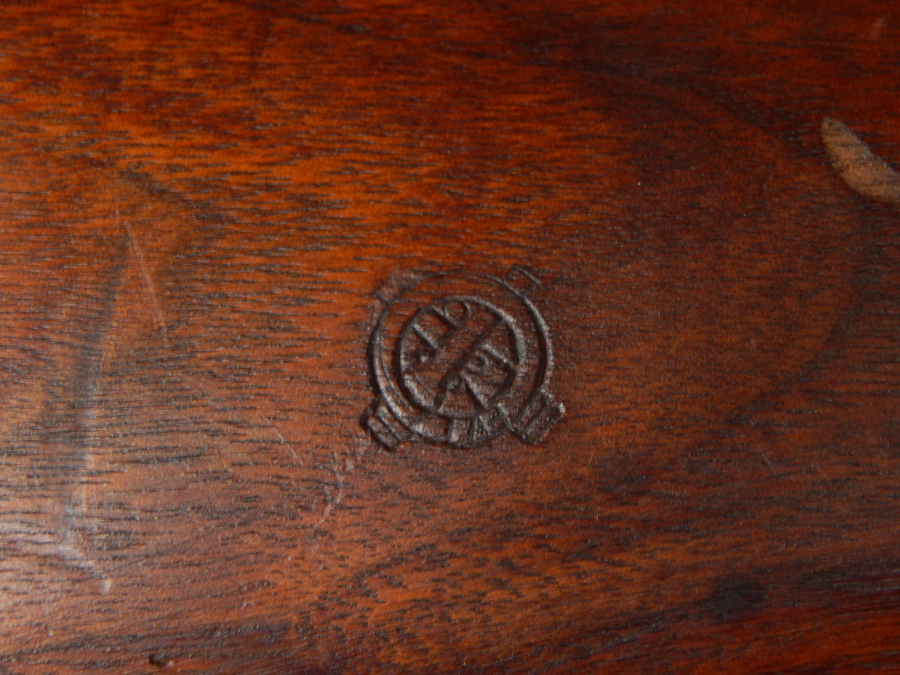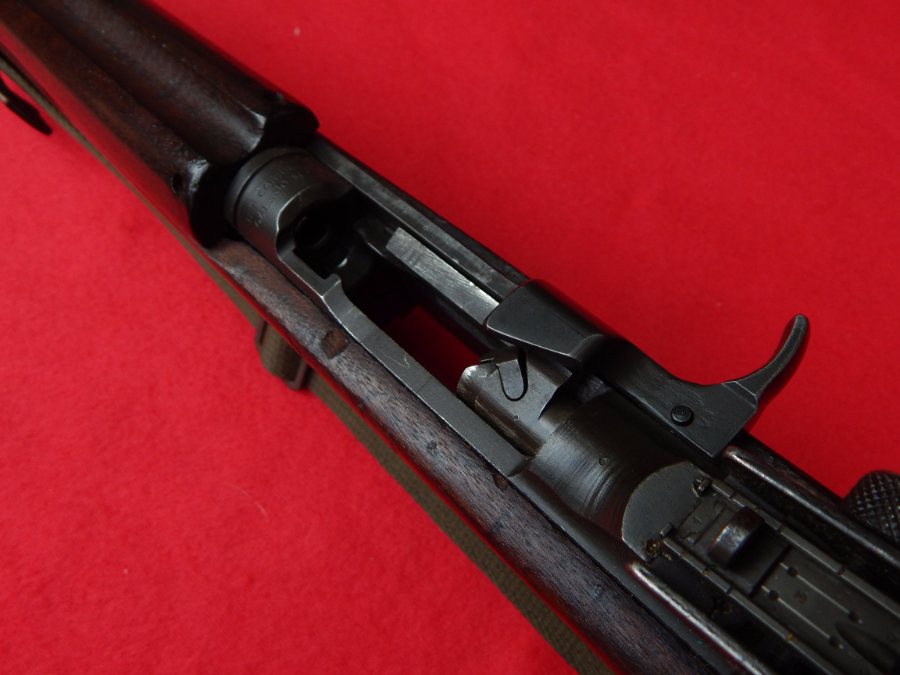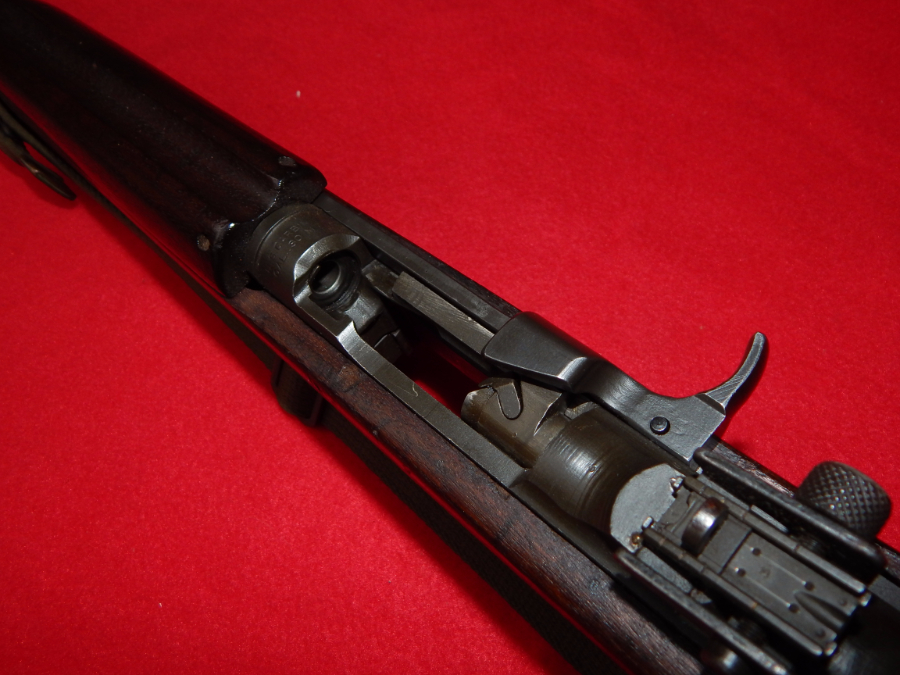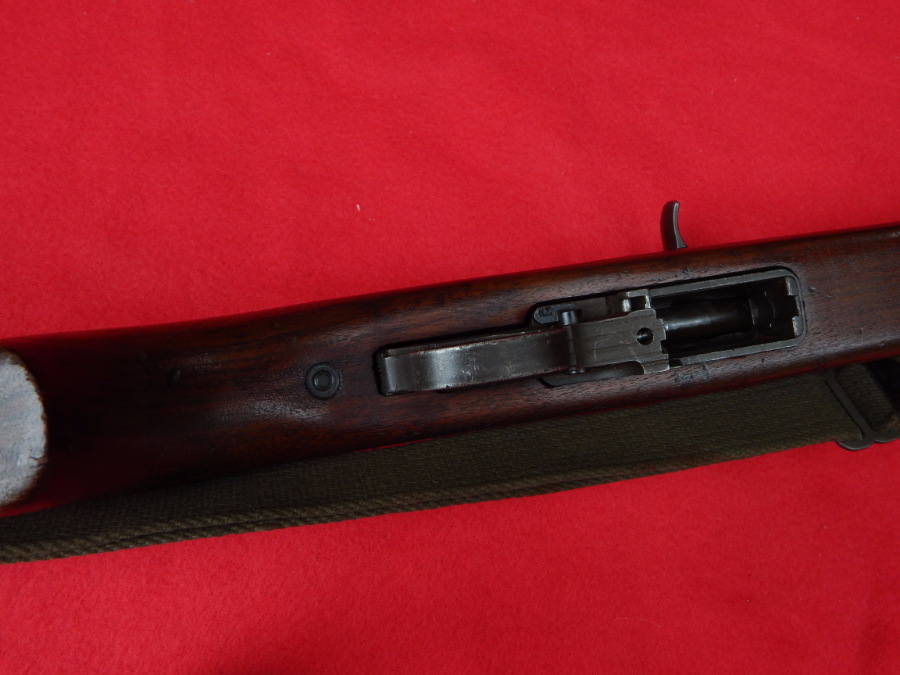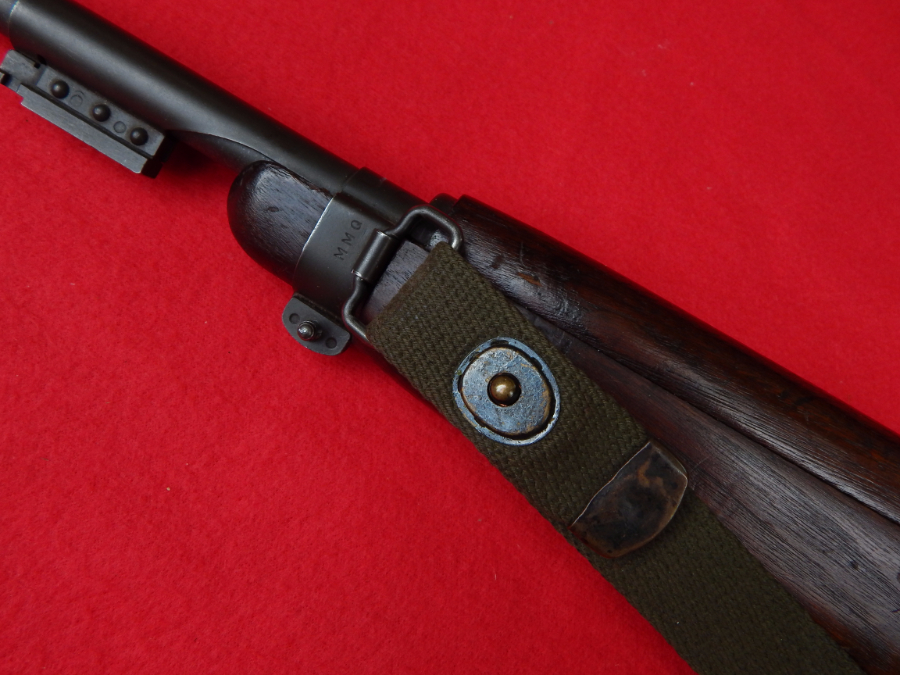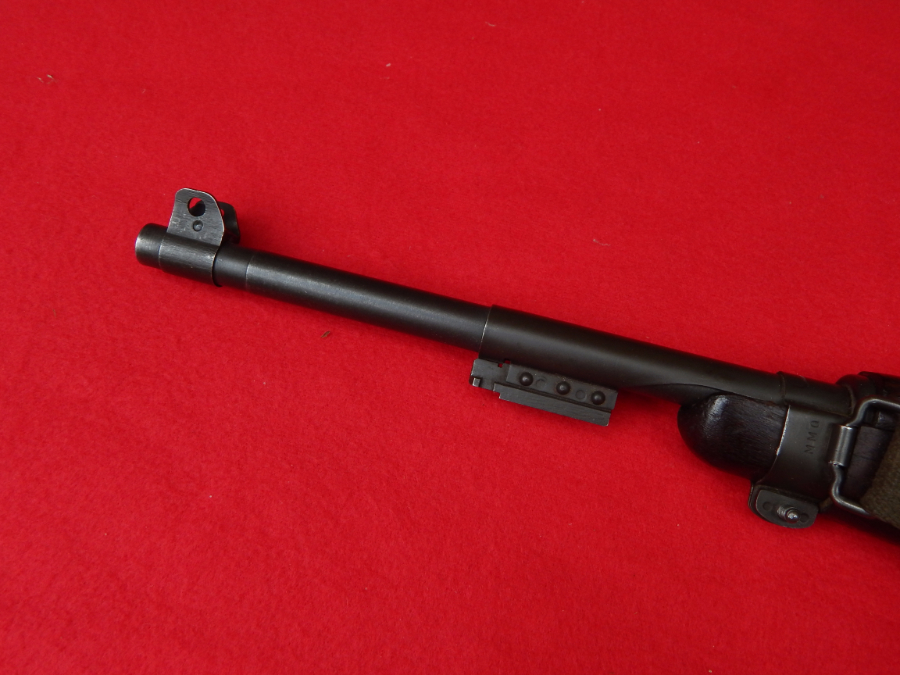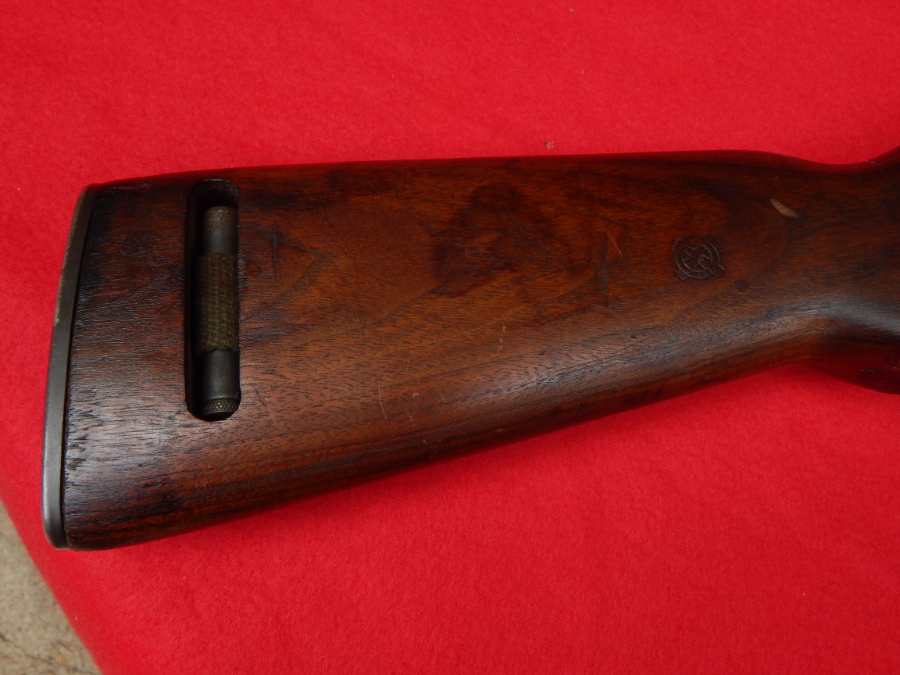
Month: October 2017
.45-60 Winchester
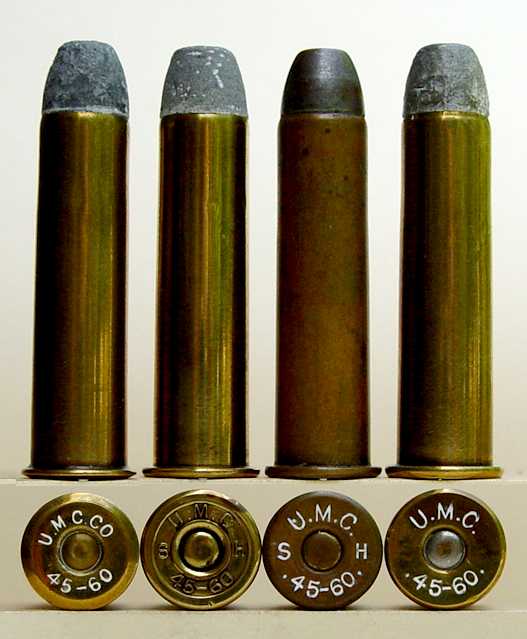
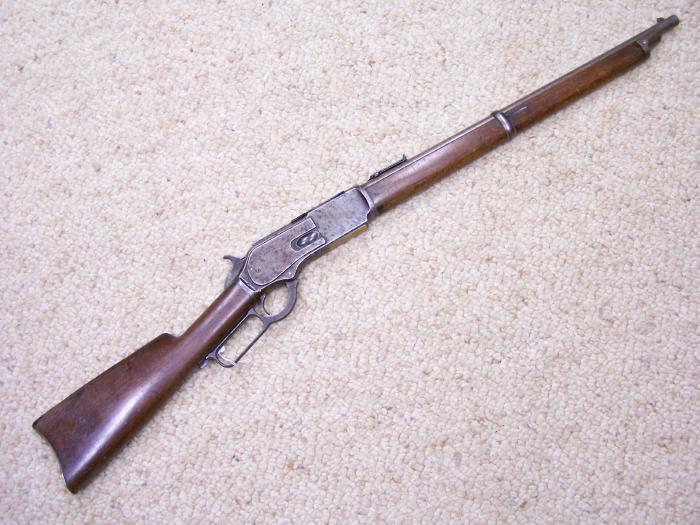


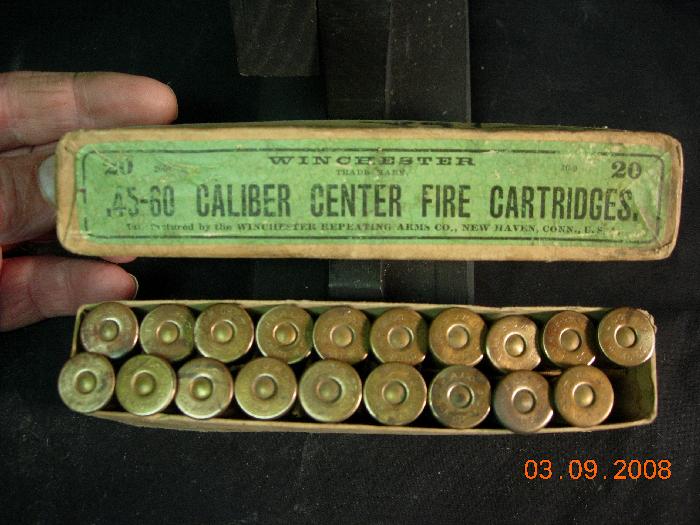
| .45-60 Winchester | ||||||||
|---|---|---|---|---|---|---|---|---|
| Type | Rifle | |||||||
| Place of origin | United States | |||||||
| Production history | ||||||||
| Designed | 1879[1] | |||||||
| Manufacturer | Winchester Repeating Arms Company[2] | |||||||
| Produced | 1879-1935[1] | |||||||
| Specifications | ||||||||
| Parent case | .45-70[2] | |||||||
| Case type | Rimmed, tapered[1] | |||||||
| Bullet diameter | 0.458 inches (11.6 mm)[3] | |||||||
| Case length | 1.89 inches (4.8 cm)[2] | |||||||
| Ballistic performance | ||||||||
|
||||||||
| Test barrel length: 30 inches (76 cm) Source(s): Phil Sharpe[3] |
||||||||
The .45-60 Winchester is a centerfire rifle cartridge intended for 19th-century big-game hunting.[4] Nomenclature of the era indicated the .45-60 cartridge contained a 0.45-inch (11 mm) diameter bullet with 60 grains (3.9 g) of black powder.
Winchester Repeating Arms Company shortened the .45-70 government cartridge to operate through the Winchester Model 1876 rifle’s lever-action.[2]
The Colt Lightning Carbine and the Whitney Arms Company’s Kennedy lever-action rifle were also chambered for the .45-60.[1]
These early rifles’ advantage of faster loading for subsequent shots was soon eclipsed by the stronger and smoother Winchester Model 1886 action capable of handling longer cartridges including the popular full length .45-70.[4]
The .45-60 and similarly short cartridges designed for the Model 1876 rifle faded into obsolescence as 20th-century hunters preferred more powerful smokeless powder loadings of cartridges designed for stronger rifles. Winchester production of .45-60 cartridges ended during the great depression.
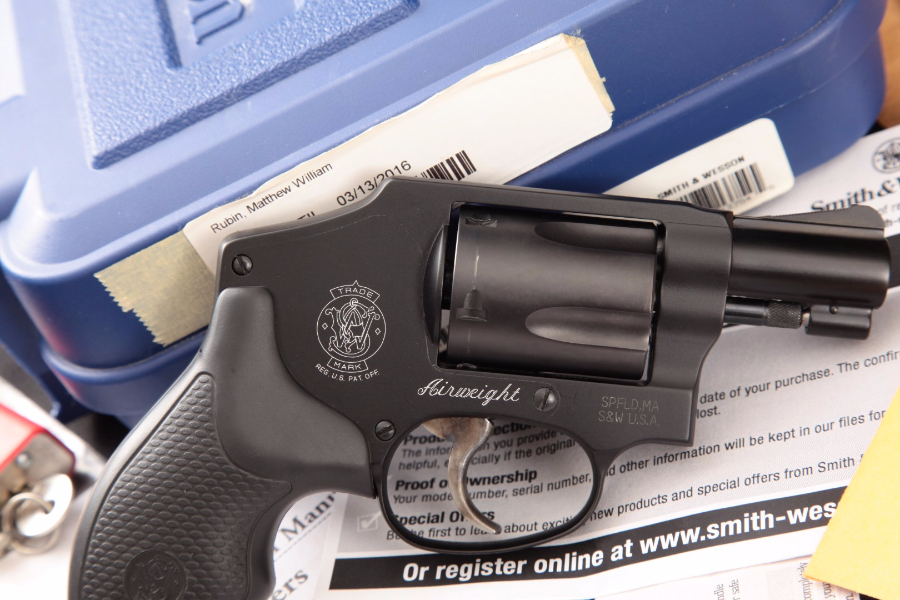
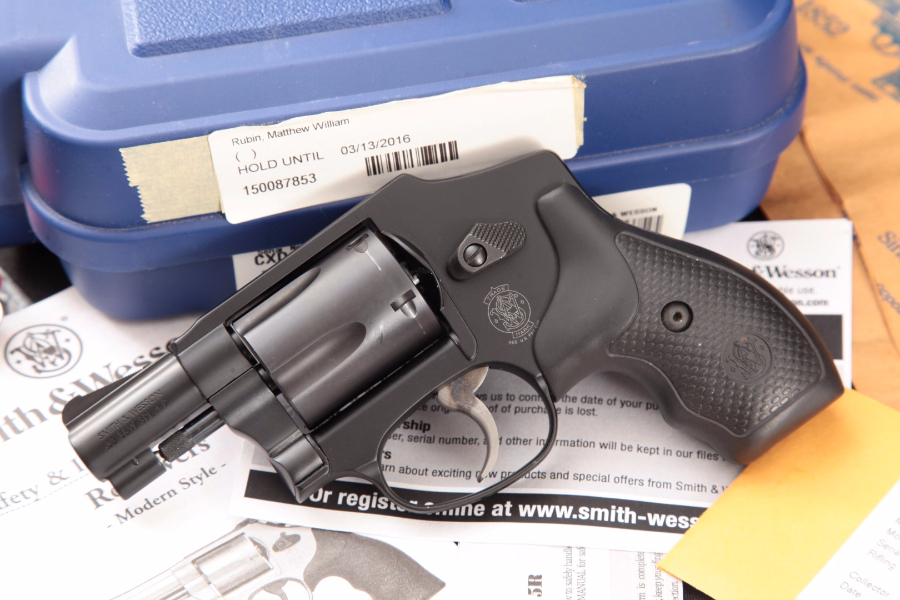
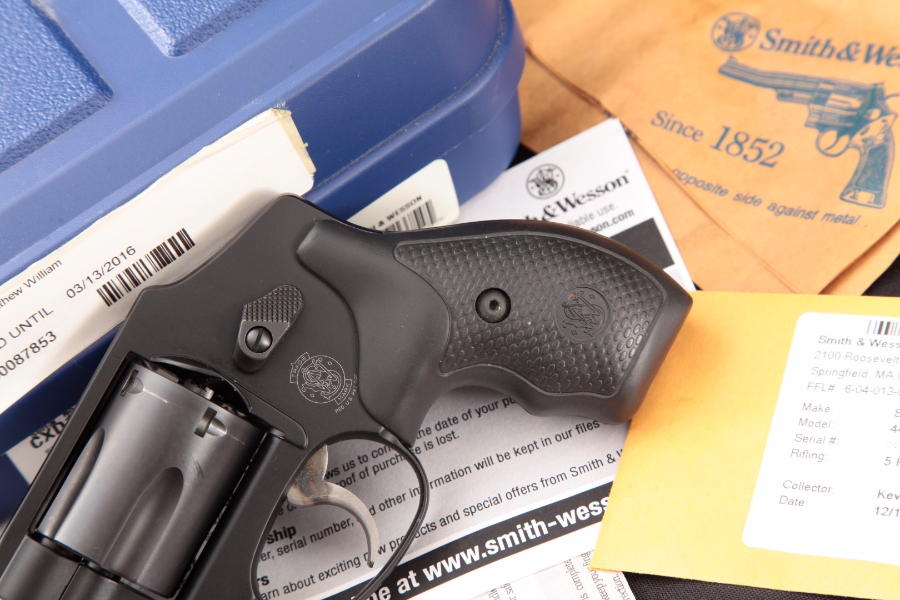
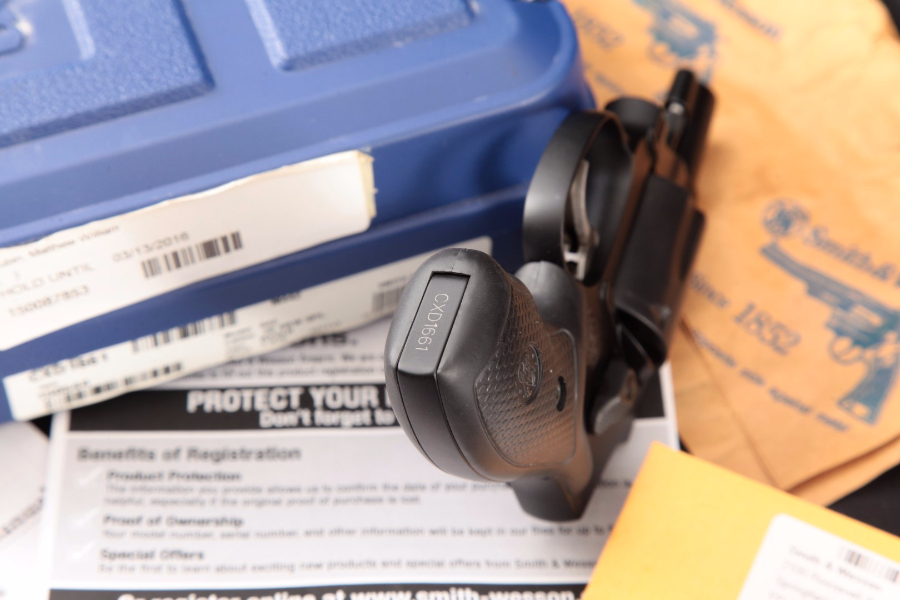
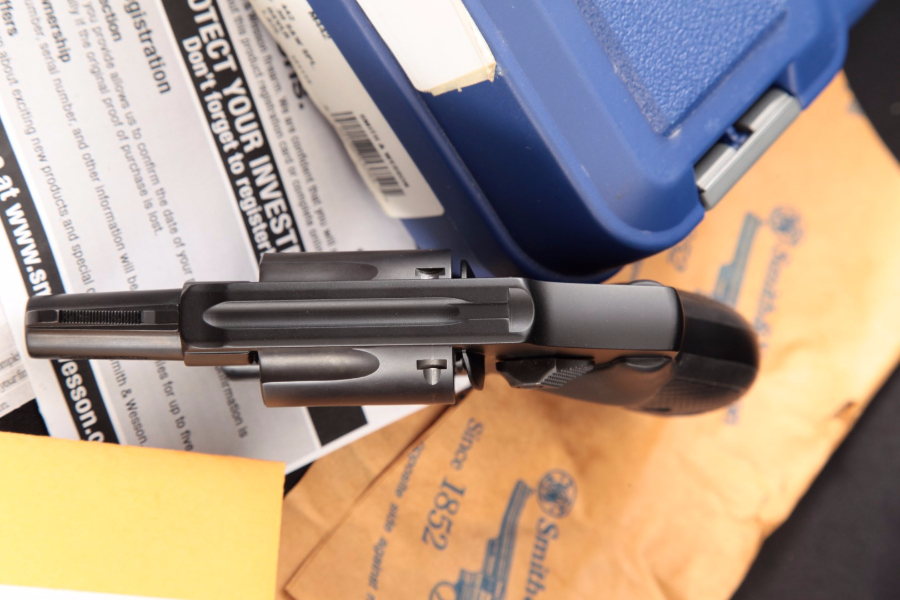
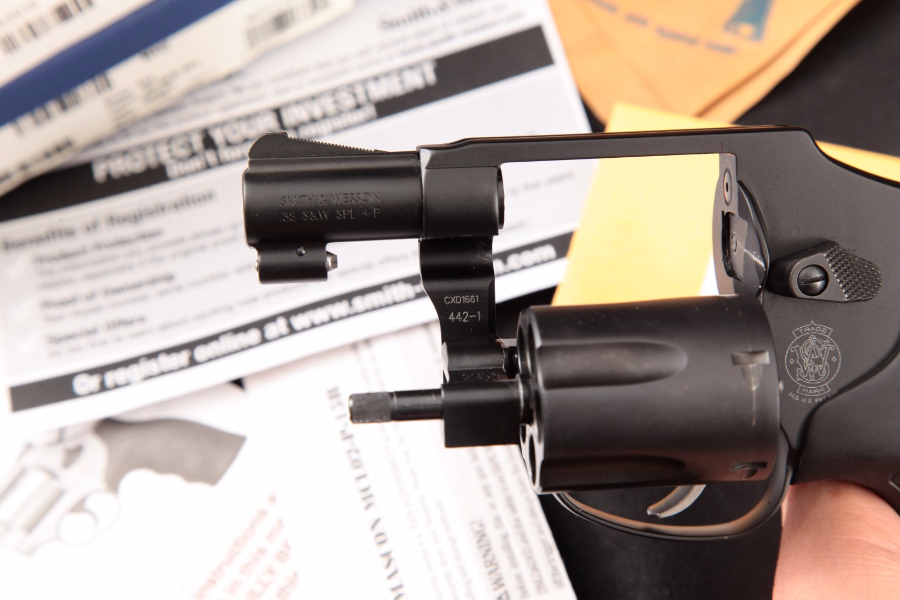
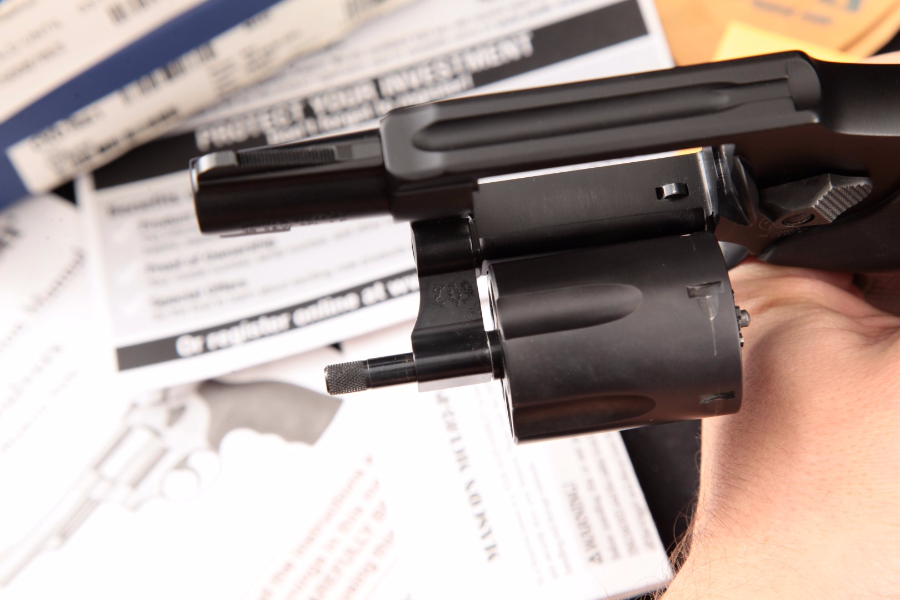
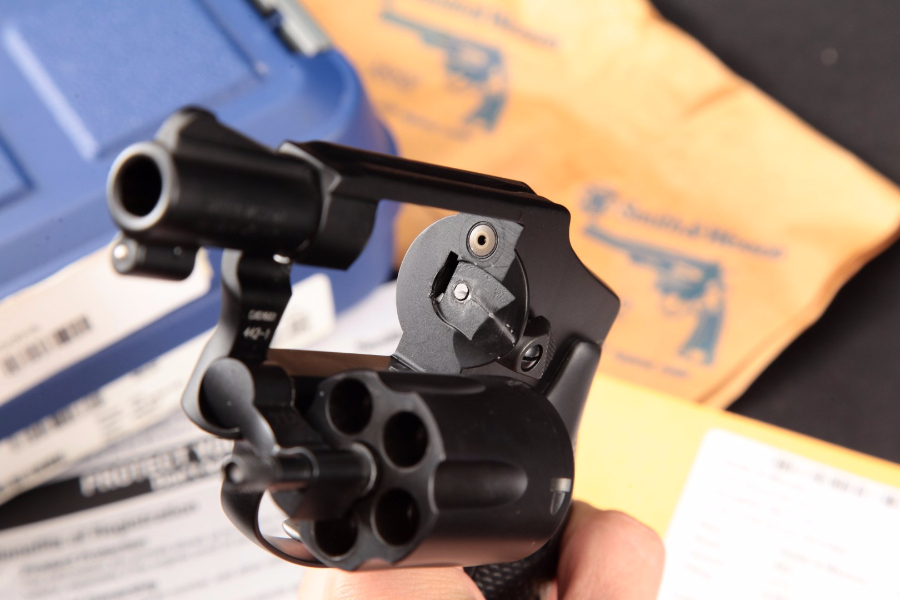
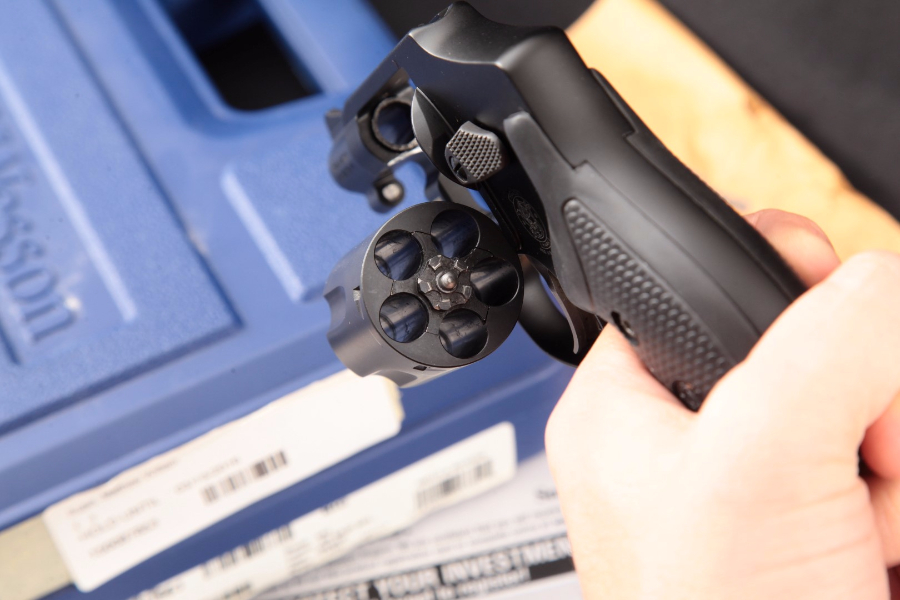
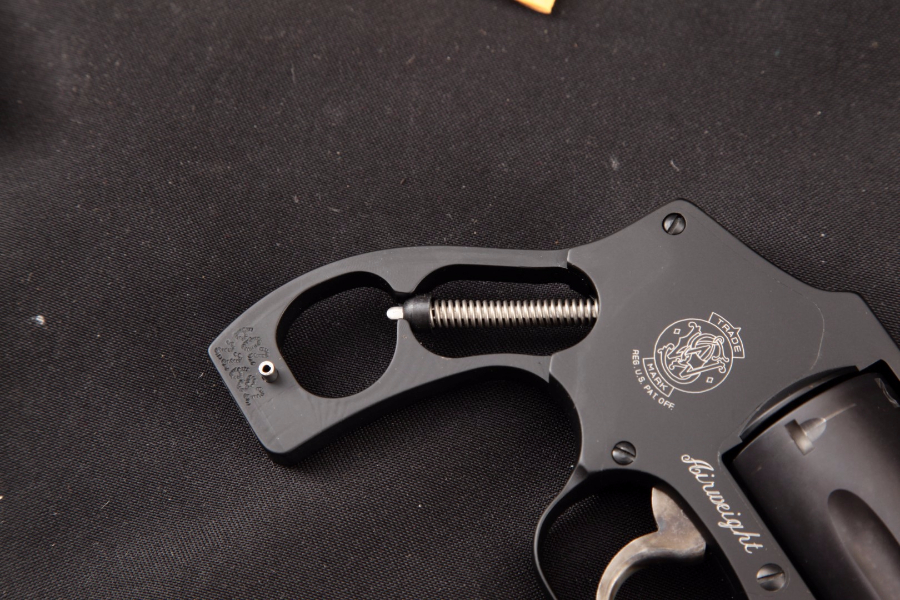
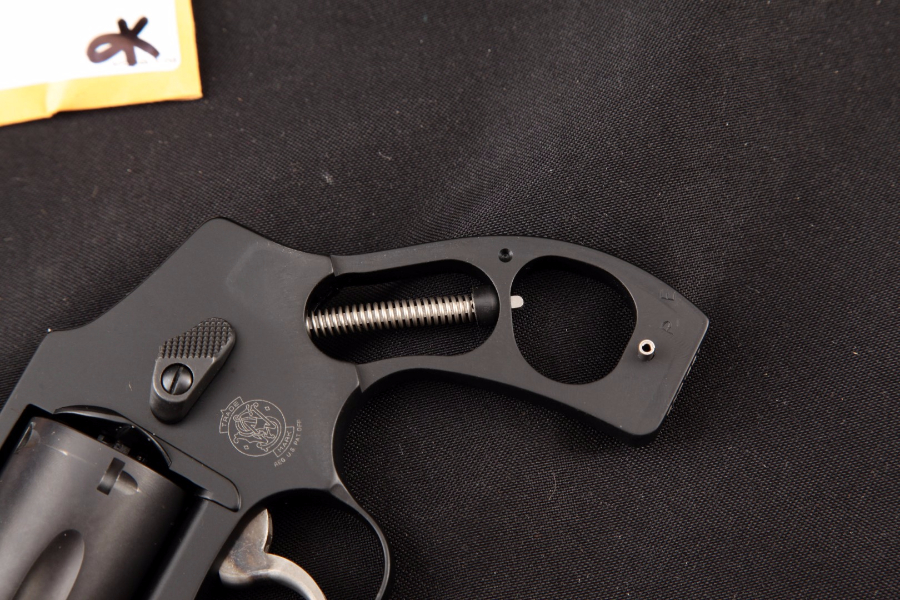
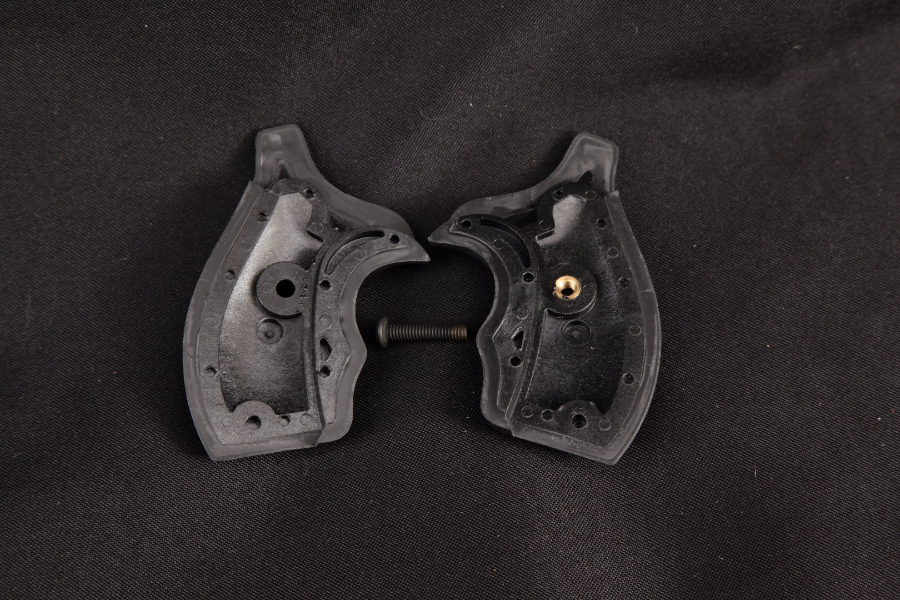
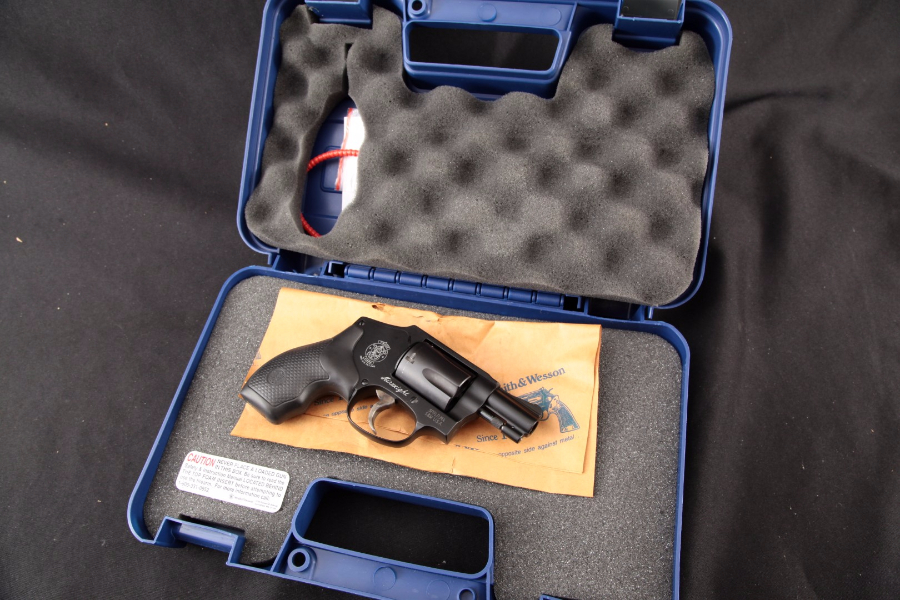
Halloween

Well I thought it was Interesting!
Now I found this site while wasting time for some reason or other. Now as a Ex History Teacher and general History Nut. I find stuff like this fascinating.
But it is also very sad one too. As we tend to forget the high cost of War and the pain that it brings to so many. Especially for such a Tragic war that we fought in Vietnam.

Now if this upsets anyone out there. I am truly Sorry as I do not mean to make light of our losses. Nor do I wish to dishonor our Honored Dead.
But I think that this information can be a great resource for us to use and to think about. Especially when we start talking about the Future of our Great Republic & what we should do.
https://www.archives.gov/research/military/vietnam-war/casualty-statistics.html



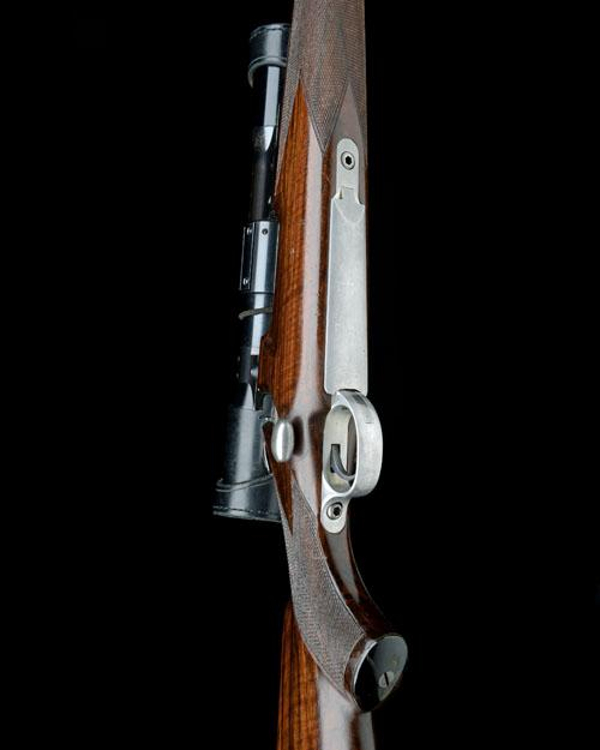
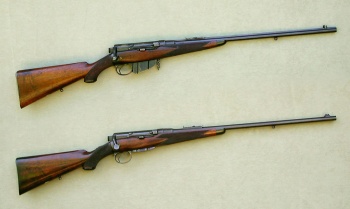



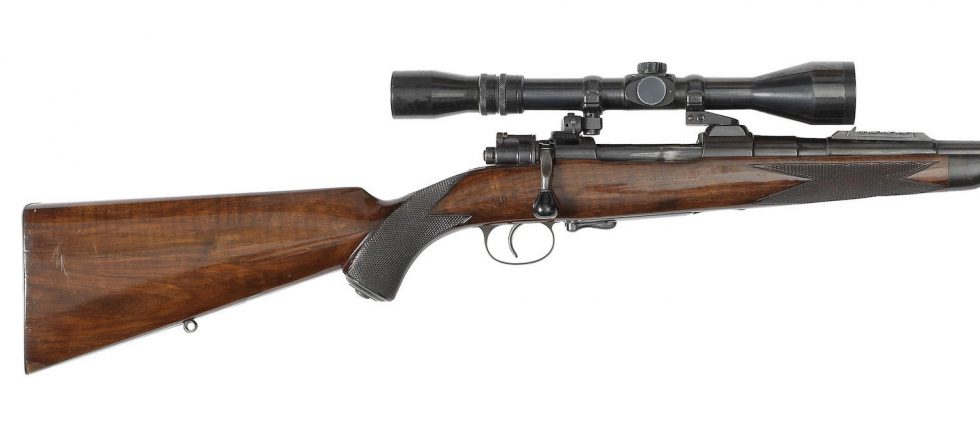

The Lloyd Rifle
For the Folks with large Wallets!

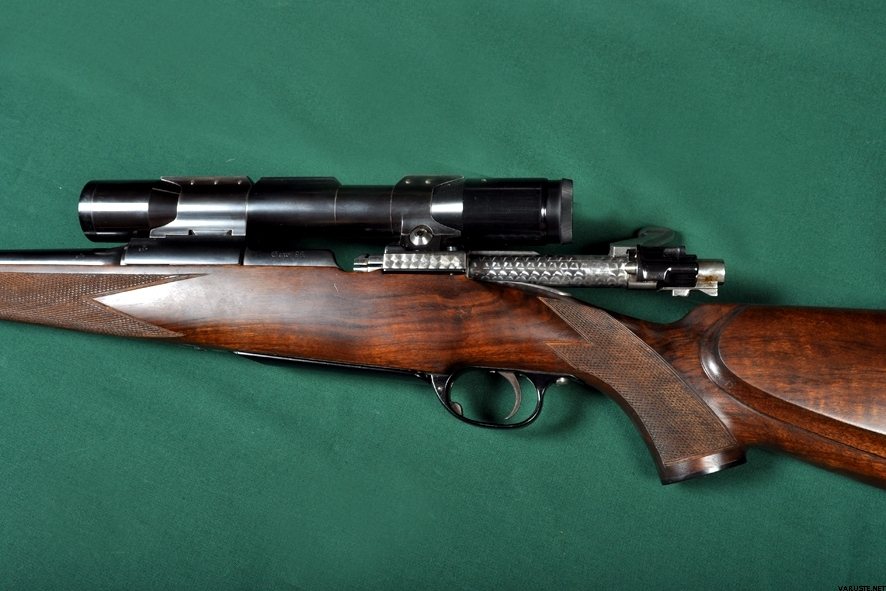



The Lloyd Rifle was the 1950s brainchild of English deerstalker, rifleman, metallurgist and engineer David Llewellyn Lloyd.
His objective was to create a high-quality, scope-sighted, magazine-fed sporting rifle capable of dependably high accuracy at long ranges, of retaining its zero despite rough handling, and of firing modern high-intensity, flat shooting cartridges such as the .244 H&H Magnum(which Lloyd himself developed) and the .264 Winchester Magnum.

Contents
[hide]
Design[edit]
Requirement
As an enthusiastic stalker of Highland Red deer on his family’s own deer forest at Glencassley, and elsewhere in northern Scotland.
He grassed more than 5,000 Red deer stags in a career lasting some 60 years. Lloyd sought a rifle which would shoot high powered cartridges giving an exceptionally flat trajectory and significant long range hitting power.
To make it straightforward to take shots out to 300 yards and more on very sloping, mountainous terrain, without the need for very precise range-judging.
A very early convert to the use of scope sights in the conservative world of British deerstalking, Lloyd was impatient with the weak scope mounting systems available in the early 20th century, and sought a solution.
Mauser action
For his preferred rifle action Lloyd selected the Mauser 98 bolt-action, for its inherent strength and proven potential for accuracy, and on his rifles only the bolt face (to suit the cartridge) and the back-swept bolt handle were modified from the Mauser norm.
Telescopic sight
Integral to the Lloyd rifle was a telescopic sight – indeed, Lloyd rifles came with no iron sights, and no provision for fitting them without some difficulty.
The majority of Lloyd rifles were delivered to their owners fitted with fixed-power scopes, usually of 4× or 6× magnification, by makers such as Habicht, Zeiss, Swarovski and Hensoldt.
The scope was held in a specially designed, integral, immensely strong, receiver-enshrouding mount which positioned it very low over the action, and gripped both the scope and the rifle action in massive rings of steel.
Lloyd held UK Patent Number 646419 for this design.
With this scope attachment – indeed, integration – system, Lloyd’s intention was to create a rifle. Which was, so far as humanly possible, immune to the shocks, bumps and jars that so often knocked the scopes on other rifles seriously out of alignment.
The objective was to have a rifle which, once completed, could be zeroed for a selected cartridge load and a chosen zero distance, and which would faithfully hold that zero from outing to outing, and even from one shooting season to another.
“I want a stable platform from which to shoot,” Lloyd said. In his quest for this tenacity of zero, he was largely successful, and many of his customers reported that they had never found it necessary to make any adjustment whatsoever to their rifles’ sights over many years of use.
There are also reports of Lloyd rifles having successfully survived serious mishaps such as falls from considerable heights, and even being run over by vehicles, without losing zero.
Barrels and stocks
Most of Lloyd’s barrels were made under contract by Vickers Armstrong Ltd. and the Mauser 98 actions were prepared by Holland & Holland.
Although Lloyd enjoyed sourcing the walnut for the rifles’ stocks himself, visiting growers and dealers across Europe, many of the rifles were stocked-up by Wisemans.
In making rifles, Lloyd also had close working relationships with the firms of W. W. Greener, Webley & Scott, W.J. Jeffery, John Rigby and John Wilkes.
Externally, the Lloyd rifle is distinctive for its very streamlined profile, with the scope mounted very low above the action, and a very elegant but ergonomically efficient stock, invariably of selected dark, well-figured French walnut.
Lloyd sourced the best available walnut on personal trips to parts of Europe, and was actively assisted in this by his wife Evadne (“Bobby” – the longest-serving governor in the history of the Royal Shakespeare Company)
Influence
The Lloyd rifle was initially marketed as the “David Lloyd Telescope Sighted Deer Stalking Rifle”.
David Lloyd had a private 400-yard rifle range in the grounds of his ancestral home, Pipewell Hall, Northamptonshire, and used it to set the zero of all his rifles before delivery to their owners.
Lloyd rifles, and the .244 H&H Magnum cartridge, were influential in sporting firearms and cartridge design and development in the mid-20th century.
Both were widely admired by British deer-stalking enthusiasts and international sporting arms experts.
Which were owned and used by, among others, Bill Ruger, Roy Weatherby, Lord “Skips” Riverdale, the Marquess of Linlithgow.
Also Mrs Patricia Strutt, doyenne of British lady stalkers with a lifetime’s bag of over 2,000 stags, who ordered one for her 75th birthday and used it up to her death aged 89.
Shooting Times magazine voted the Lloyd rifle number 8 in its lineup of the Top 12 Rifles of All Time (the Kalashnikov AK-47 came number 7), and Country Life declared Lloyd himself to be a “National Living Treasure”.
Lloyd rifles are generally accurate, with most shooting to 1.5 MOA or better; but the massive scope mounts integral to the Lloyd concept had the effect of bending and torquing the rifles’ actions out of blueprint.
This inevitably caused stresses and imperfections, preventing the rifles achieving the full precision accuracy potential of the cartridges used.
But within the approximately 300 yard ranges for which they had been designed and zeroed, Lloyd’s rifles in fast magnum calibres performed very well.
The majority of Lloyd rifles were chambered in .244 H&H Magnum, .264 Winchester Magnum and .25-06 Remington.
Company
Lloyd’s wife Evadne took over the Lloyd Rifle Company in 1996 on David’s death, and ran it until her own death in 2003.
The company was then briefly owned by John Shirley, a former Technical Director of James Purdey and Sons of London, and its name, goodwill and records were later offered for sale by him at auction in London on 14 December 2006.
References
- Brown, Nigel : British Gunmakers (vol. 2) Birmingham, Scotland and the Regions (pub. Quiller Press, 2005) – rifle records, serial numbers and calibres
- http://www.auction-net.co.uk/viewAuction.php?id=300&offset=250&PHPSESSID=02dc66f39ebefeae5e80cb12b(Auction Sale Catalogue, sale of Lloyd Rifle Company, 14 December 2006)
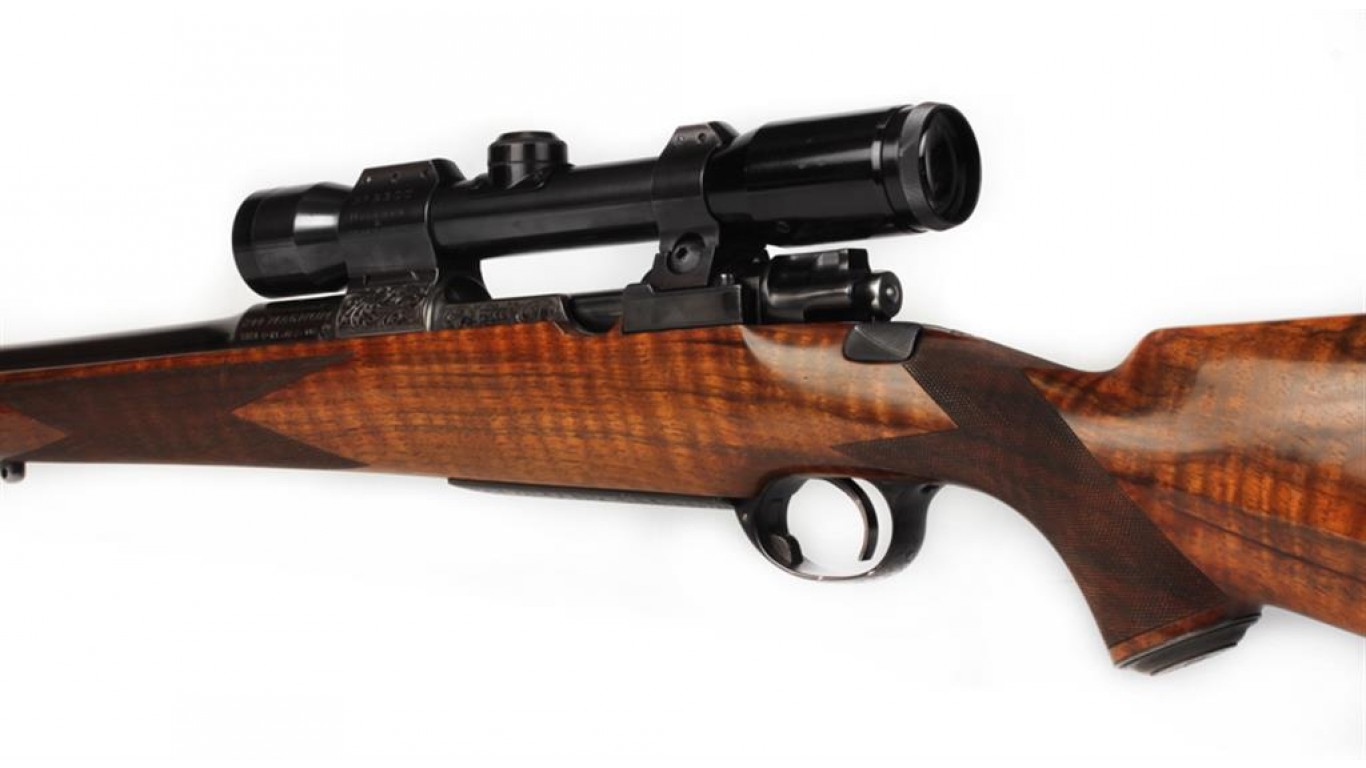
Winchester Model 30 M1 Carbine
